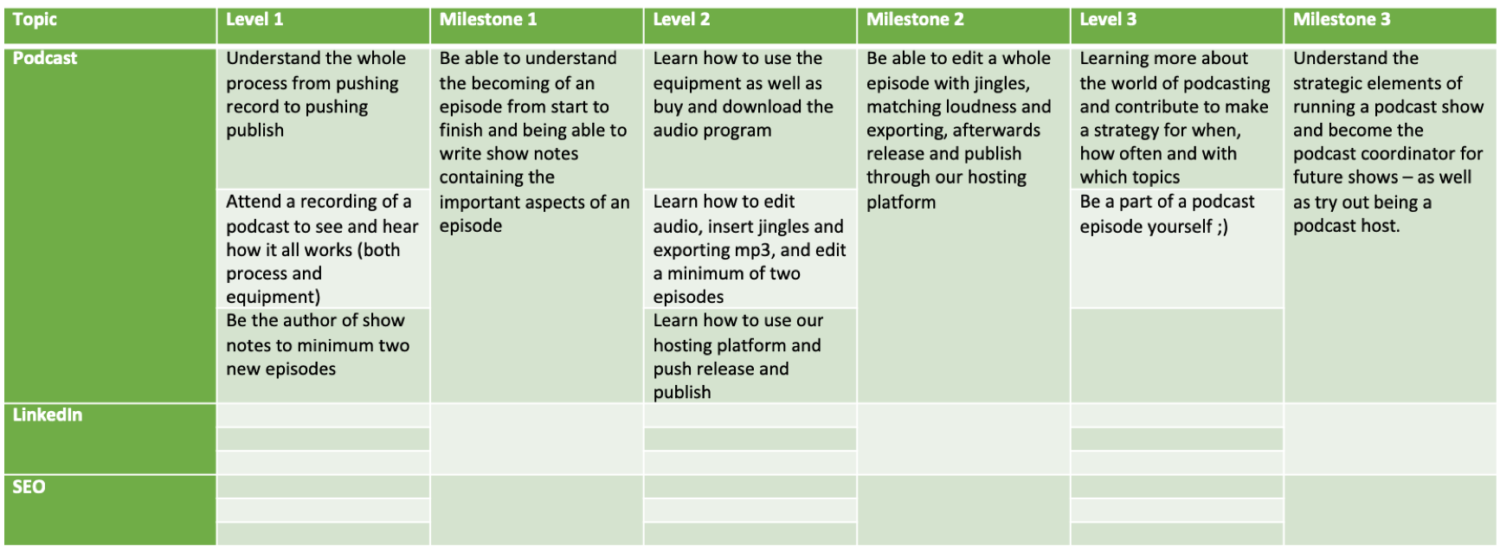Distributed leadership – when youngsters lead youngsters
By Puk Falkenberg, 3. December 2018
Leadership is all about people first, leading human to human. Navigating as a youngster can be difficult, with older leaders who don’t necessarily put people first or lead with distributed or situational leadership in mind. But what about when you are a youngster, who’s leading other youngsters? Should I then look at my young generations traits and adapt my young intuitive (and interpersonal and learned) leadership style to the “demands” of my co-youngsters?
Being from generation Y myself, I know what I need from a leader and mentor. I know I expect “instant gratification”, many and regular feedback loops, as well as time-present leadership. I need to know, that I’m on the right path, in the right direction and that there is a meaning to it. I need that instant gratification to not suddenly feel lost or without “backup” from my nearest leaders and colleagues. The question is though, how I can be a leader for people in my own generation. What approach and tools can I use to support my intuition?
So, what did I do, when I was chosen as mentor by “one of my own generation”?
In Bloch&Østergaard we choose our own mentor and boss. Last September, when it was time to choose our new mentors, my colleague chose me. We are from the same generation with only a few years between us. We have grown up in different parts of Denmark. We have different educations, and our parents are also very different. But still, some traits and some of the things we want, and need are the same.
I then got an idea: For me to be the best mentor, I needed to be able to lead and understand myself first, and then reflect that in my leadership. I need to be time-present in my leadership style. I need to be the best in navigating and showing how my colleague can create value and work with tasks of meaning. I need instant gratification and regular feedback loops to avoid feeling lost or wondering and pondering about my next step or task. My solution: I made feedforward-feedback-loop-process and a spreadsheet. Frequent dialogue, and a spreadsheet with a model to fulfill most of what I needed to do.
Luckily Søren Shultz Hansen gave me the right kind of input in our latest podcast episode (number 19), where he explains that the digital natives (me and my colleague) need a “GPS Leadership” style. This means that we, as a generation, focus more on where we are, how to start and what’s around the next corner than where we are actually going and what the end goals are.
I got my input on direction, now I had to pass it on
Back to my brilliant idea. To meet the needs of instant gratification, time-present leadership, and regularly feedback loops, we did two important things. The first one was to set up regularly one-to-one sessions as well as ensuring that we would have days at the office at the same time. Then both formal and informal meetings where in place. The second was my spreadsheet.
My first thought behind the spreadsheet was actually not the need of my own generation, but the need of teaching something new to someone that was rookie in that field, and had to learn. The learning part is very important, because we all learn in different pace and in different ways. With this thought and the thoughts about my own generation, I had some requirements for my spreadsheet:
- It needed to be a learning platform, where different pace, ways of learning (and working) and time where being considered
- It needed to be understandable without me in the room, as well as a tool to navigate my colleague in the right direction
- It needed to be able to give feedback and instant gratification in short term, that could become long term gratification and acknowledgement when we meet regularly both informally and formally.
With that in mind, I made a simple and yet fine tool to help mentoring my own generation when it comes to new areas of work, tasks and the need of learning something new.
The learning platform: The step by step guide to a simple spreadsheet
In this case, my colleague was about to learn a bunch about marketing, things like podcasting, LinkedIn and SEO, to name a few on the list. Within each topic, I made 3 levels, each a milestone. The first step of the spreadsheet creation looked like this:
So far, the spreadsheet (thus without tasks and descriptions) would resolve the second requirement of navigating in the right direction. When my colleague was done with one level and achieving the first milestone, she could move to the next level. Just like a game.
I broke the level down to three tasks: One small, one medium and one large. With a task of each size, it would be possible for my colleague to plan the work and taking mood, timing, pace, and engagement into account. With a total of ten topics (and not just the three you see above) there are 10 small, 10 medium and 10 large tasks on each level; making it a total of 30 with all three levels. Lots of task variation and time variation.
To give an example, I filled out the podcasting topic to show how I did.
To add an important feature – if you ask a color nerd as myself – we do color code each cell as we go along. Blue means done, orange means working on it, and white being waiting.
The dialogue: Talk about the spreadsheet, even when you’re not
As I mentioned, we have regular informal and formal one-to-ones, where we talk about the spreadsheet. At least once a week we strive to open the spreadsheet and talk it through. At other times we just talk about the next step well aware of what’s in the spreadsheet. With the spreadsheet we are aligned on tasks, what to do next and in which direction we are going.
My colleague loves it. The first feedback I got on the spreadsheet was something like: “I love it! Whenever I feel like coming to an end with a task, or start wondering what to do next, I just take a look in the sheet and find something new to do – or my next level.”
This must not be confused with a personal development plan. This is purely about learning new stuff and to navigate in tasks. Besides this spreadsheet we have other models and plans we use when we talk about purpose, passion, motivation, and goals in life.
The world and your employees have changed.
Do you want to keep up
– and shape the future?
Do you need input on how to get started?
Take a look at at our categorized toolbox here
– it’s all free
Are you looking for
a coach or
a professional mentor?








